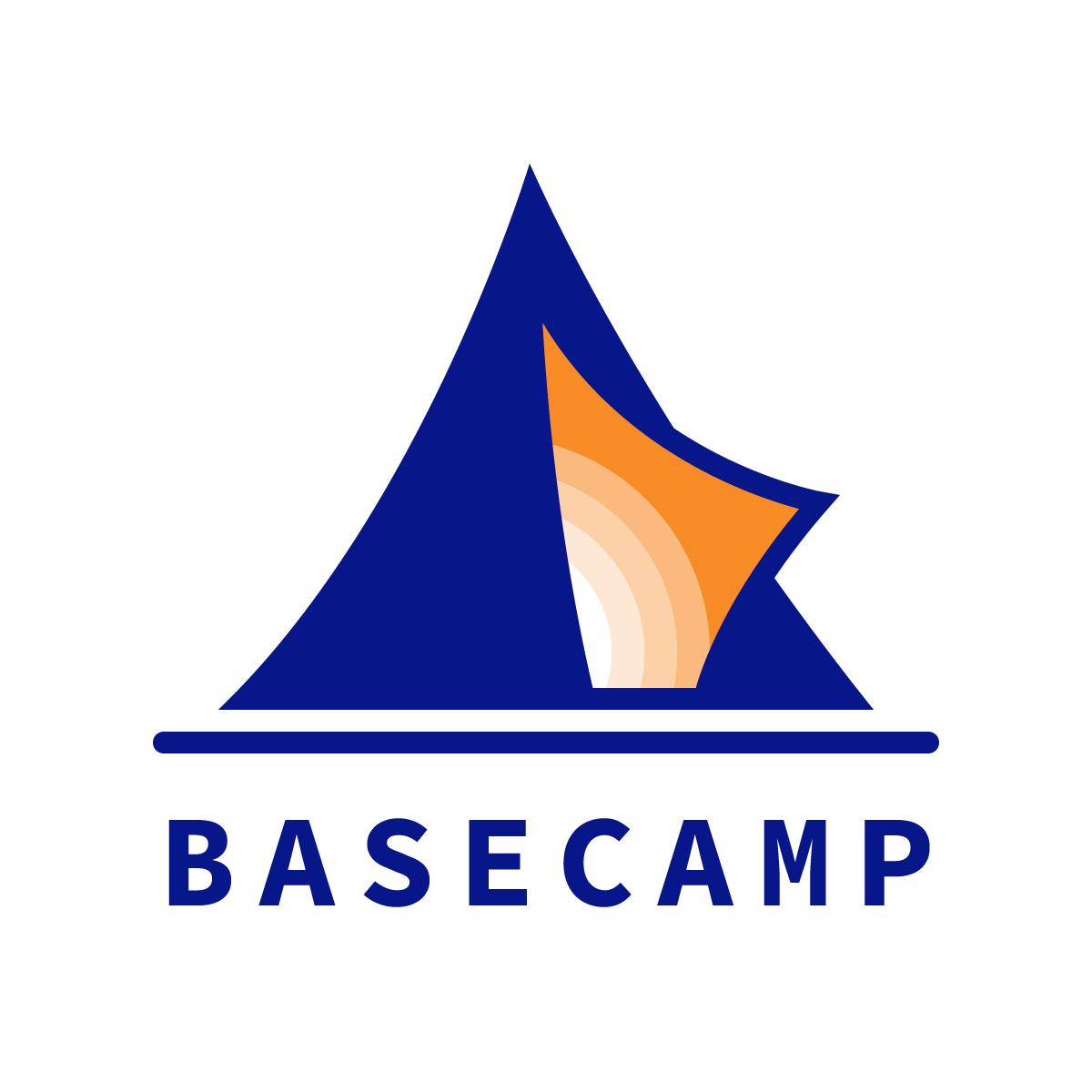Two Predictions about the Future of School
As the COVID-19 pandemic expands its footprint in the United States, questions continue to emerge for schools about what their future holds.
Perhaps the question of all questions is this: Do we see this moment as an interruption of the status quo or as the start of a paradigm shift?
Here are two predictions based on how a school responds:
If you think this is an interruption of the status quo…
Schools that see this moment as an interruption of the status quo will miss their enrollment targets for 2020-2021.
Schools over-invested in the status quo will: a) already be unprepared to shift learning to virtual spaces; and b) bank on things “going back to normal” when the 2020-21 school year starts.
When the next great disruption happens—when, not if—that fragility and inherent unpreparedness will cause parents to doubt the value of high tuitions and out-of-sync learning models.
For 2020-21, some currently enrolled families will leave. Some new families will walk away from their deposits. And it will be increasingly harder to recruit families for new admissions. This will become a vicious cycle year after year.
If you think this moment reflects a paradigm shift…
A handful of independent schools will figure out how to deliver exceptional learning experiences across three time horizons:
Now through June:
Collect feedback about what’s working and what’s not working every day from multiple stakeholders (teachers, students, parents). Acknowledge that some degree of synchronous experience is essential. Kids and adults need to see each others’ faces and hear each others’ voices. Learning is, at its core, a social activity.
Admit that kids won’t learn anything if they don’t care about what they’re learning. Yes, that has always been true, but when people are in front of screens rather than in the same room, there is no way to force compliance. Pivot hard to XBL (project-based learning, problem-based learning, inquiry-based learning, etc.)
Prioritize physical and mental wellness. Encourage kids to go outside and experience nature when possible, to exercise daily, to read for pleasure or meditate or do any number of other things that calm the mind.
Consult the experts in online learning—Global Online Academy and One Schoolhouse. For specific tools, search Twitter and LinkedIn for the experts (eg, if you want to know anything about Flipgrid, Stacey Roshan is your person.) Level up by dipping in and out of professional learning networks on Twitter.
Summer:
Conduct a post-mortem. Involve a diverse set of stakeholders. This is a natural experiment of the first order; don’t waste this opportunity to learn some critical lessons.
Incentivize teachers to participate in design labs where they can build-test-learn in a psychologically safe / strong feedback setting. Basecamp runs design labs as do our friends at Leadership+Design.
The 2020-21 school year:
Designate regular time each week for virtual learning. This can happen on or off campus. Your students and teachers will become more resilient and creative when the next pandemic or other emergency hits.
If you think things are going back to normal this is obviously not the blog for you.
And if you don’t think things are going back to normal… what’s your plan?
***
Thank you for reading this post from Basecamp's blog, Ed:Future. Do you know someone who would find the Ed:Future blog worthwhile reading? Please let them know that they can subscribe here.

